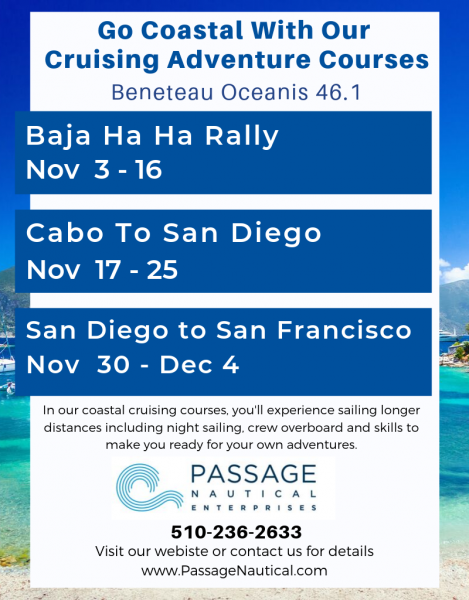
A Cool Million Awarded as SailGP Wraps Up
On Friday, the French press release called SailGP Marseille “Grandiose. Il n’y a pas d’autre mot pour décrire le spectacle livré par les six équipes de SailGP devant la digue de Marseille.” “Grandiose,” in French, carries a slightly different meaning than it does in English. It means “grand.” (“Grand,” in French, means “large.”) The full headline translates to: “Grand. There’s no other word to describe the spectacle delivered by the six SailGP teams in front of the Marseille seawall.”
On Saturday their headline was “Grosse pluie, grosse bagarre!” (“Big rain, big brawl!”)
On Sunday, the French celebrated a race win in front of their joyous home crowd. China, led by Kiwi skipper Phil Robertson, also won a race (the second one on Saturday). But it would be Aussie vs. Aussie in the final match. Tom Slingsby and the Australia SailGP Team vanquished fellow Australian Nathan Outteridge, skipper of the Japan SailGP Team. The last race of the inaugural season culminated with a 10-minute face-off between Australia and Japan. Australia secured the trophy and the US$1 million prize, the largest in yacht racing.
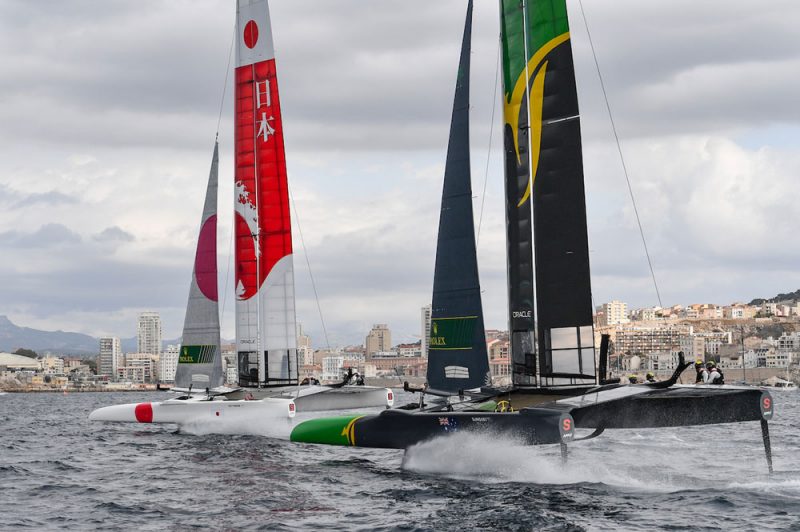
Two fleet races had been scheduled for Sunday, but, in light air, only one was held. China and Great Britain went into the day tied for points and vying for third place. But the Brits had a disastrous race, getting caught out by a wind hole at the start. Despite closing the gap, they finished in fourth place. China finished second after the French, claiming the third podium position. Rome Kirby and the USA team fell to last place in the final standings.
Japan led for the majority of the final match after Australia took a penalty for entering the start box early. But, according to the report issued by SailGP, “Race analysis determined that the final duel came down to a mere 78 centimeters at a crucial moment on the racecourse; if the Australians had been five-hundredths of a second slower, Japan could have forced them to incur a penalty. It was a risky play by Japan in an attempt to force Australia off its course that backfired and allowed Slingsby to move into the lead and ultimately take the win.”
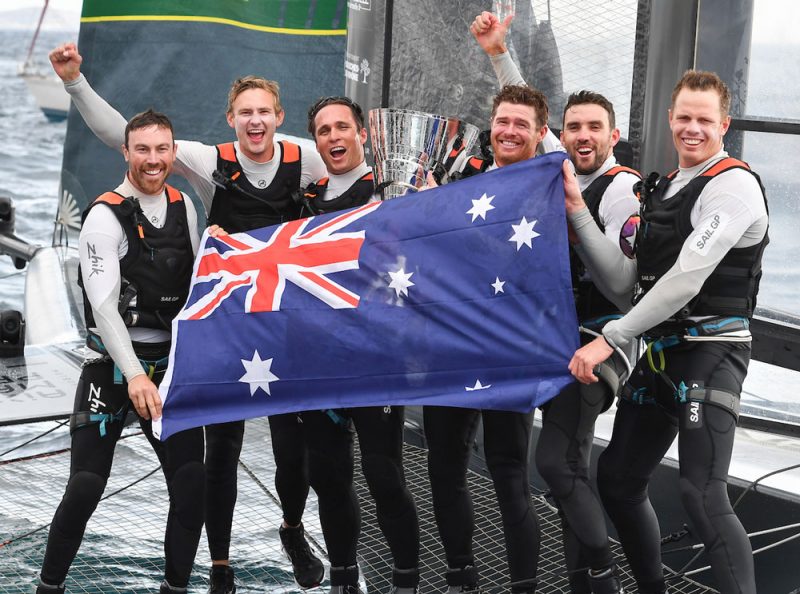
“I feel for Nathan and his team,” said Tom Slingsby. “They have put in an amazing effort all year and it is just the way it is. One team has to win, and one team has got to lose. I am happy with the way it went, but those guys were unbelievable competition all year and it was such a close battle.”
“We made one error, and that’s what happens,” said Nathan Outteridge. “But that’s sport and we will just get ready for next season.” The second SailGP season will kick off in Sydney, Australia, on February 28-29, 2020. See https://sailgp.com.
Catching Up with Out The Gate Sailing and the Commodore
“I’ve gotten into some trouble by likening landfalls to orgasms, and I think that’s a very apt comparison in the sense that it’s fulfilling and it’s temporal and it comes and it goes quickly. It’s very [much] like that in that you’ve done all of these things to get there, and it worked — and it’s great.”
Nobody puts things quite like Warwick ‘Commodore’ Tompkins Jr. puts things.
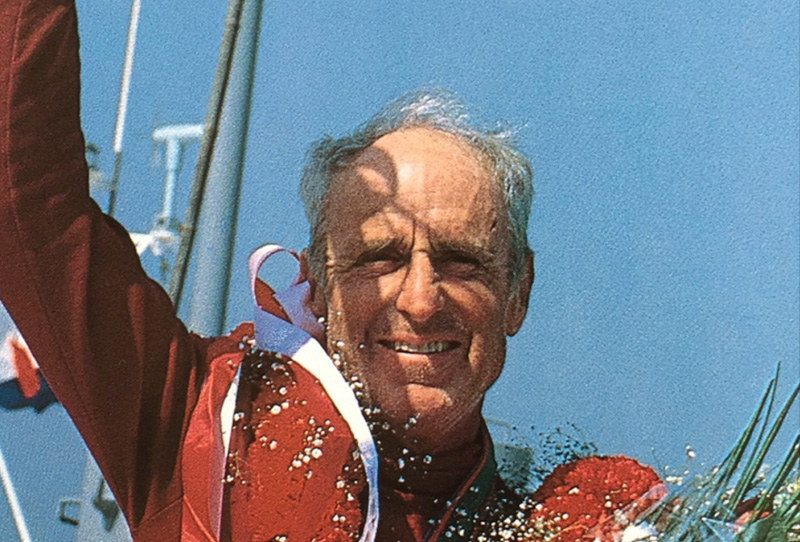
The preceding was from a conversation with Benjamin Shaw, host of the Out The Gate Sailing podcast. Among the most memorable of his landfalls, the Commodore explained, was arriving in Tahiti at the conclusion of a race, and spotting Mont Orohena. “The offshore breezes and the smell of vanilla came to us off the shore. Sunlight began to illuminate the top of the mountain,” Tompkins recalled. He said his second-most memorable landfall was sailing under the Gate into San Francisco.
The August conversation explored the roots of the Commodore’s life at sea, beginning, of course, with his childhood aboard Wander Bird (a historic schooner that’s been in the news lately for all the wrong reasons). Shaw asked the Commodore if his father, Captain Warwick M. Tompkins Sr., passed on a love for sailing to him. The Commodore revealed what he truly loves about our lifestyle and sport.
“It’s not just a love of sailing,” Tompkins said.”I describe my father as masterful, and that is correct. But he was very good at it.”
“If it’s more than a love of sailing,” Shaw asked, “what is it that has kept you on the water racing and enjoying sailing throughout your life?”
“Responsiveness, I think, is the real key. If you dance with someone, and they’re very good at it, then the experience is gratifying. Sailing is like that. You get on a boat, you hoist the sails, and everyone is pretty much on the same boat up to that point; and you trim the sails and you steer the boat. And if you do this correctly, the boat is like a good dance partner . . . you’re constantly making small adjustments and trying to make the boat perform to the maximum capability. You’re judging all the things that make it perform properly. So it’s constantly using your head and making judgments. And if you do it all right, you come out.”
The conversation climaxed with the Commodore’s philosophy. “There’s a recurrent theme in any of my answers to your questions; there is a philosophy, and the philosophy is important, and the rest is details.”
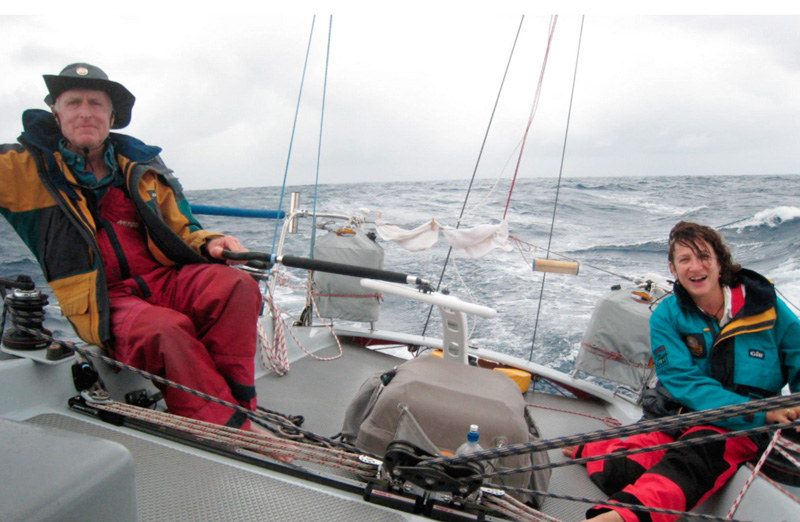
“Share with us your philosophy,” Shaw asked.
“When you get into hard weather, the boat should be secure and safe. You don’t worry about the boat, you worry about yourself — that’s part of the philosophy. You need to have a boat that goes upwind, so you can take the boat to windward if you have to. You need to carry small sails, you need to carry a sea anchor . . .
“Part of the philosophy is the details. However good they are, in a good construction, they vanish into the mix. It’s just a pleasure to use. All the details come together.”
This is just one of many conversations on Out The Gate. Shaw has also spoken with Allison Payne, known by many as ‘WhaleGirl’; cruisers Bruce and April Winship, who are authors of Set Sail And Live Your Dreams; Paul Exner, a sailing coach and mentor to adventurers; and captain Captain Kira Maixner of Modern Sailing.
We hope you enjoy Out The Gate as much as we have.
Go Coastal with Passage Nautical
Malcolm Page Leaving US Sailing
US Sailing’s chief of Olympic sailing, Malcolm Page, moved to the Bay Area last year to personally oversee the FAST USA training facility at Treasure Island Sailing Center. We saw that as a good omen for the US Sailing Team and the development of Olympic sailors and the sailing skills of local young people. We found Page easy to talk to and liked him right away. Now we learn that he is leaving US Sailing and (according to US Sailing) leaving the USA to return to his native Australia. “US Sailing and Malcolm Page announced that they have agreed to part ways,” reads the press release from US Sailing. “Page will be leaving US Sailing and returning to his home in Australia. He will be working with US Sailing Team staff and coaches on transition activities through the end of October, 2019.”
This is disappointing and surprising news. It followed last week’s announcement that Greg Fisher had resigned as COO of the US Sailing Team after just one year in that role.
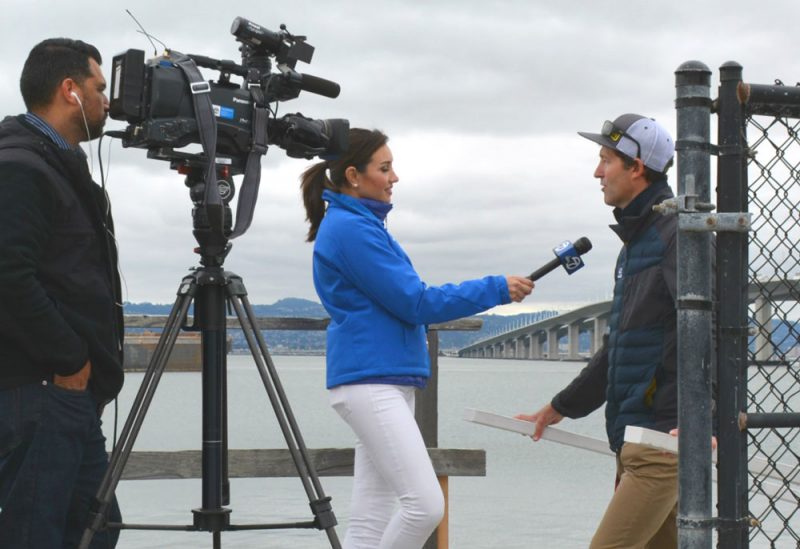
Page, 47, was a two-time Olympic gold medalist for Australia in the Men’s 470. He continued his winning ways over the weekend, topping a 20-boat fleet in the E Scow Blue Chip Regatta held by Pewaukee Yacht Club in Wisconsin. Page sailed as the “Mystery Guest” in the invitational regatta, with crew Jim Campbell, Harry Melges IV and Finn Rowe. We extend our congratulations to Malcolm and wish him well in whatever the future holds for him.
When the Wind Goes Light
St. Francis Yacht Club’s Rolex Big Boat Series is famous for its nuking, gear-busting conditions. It’s an ideal race for muscle-bound grinders, adrenaline junkies and thrill-seekers. Yes, it also has spectacular scenery, a complex and intricate overlay of strategy and tactics, testing currents, and more lane-puzzlers than a miniature golf course. Despite this notoriously famous set of reliable sailing conditions, Mother Nature still likes to throw in the occasional wild card. Thursday and Friday, September 12-13, were very short of wind, resulting in long delays and late-afternoon starts. That means sailors had to work extra hard to see if they could break something.
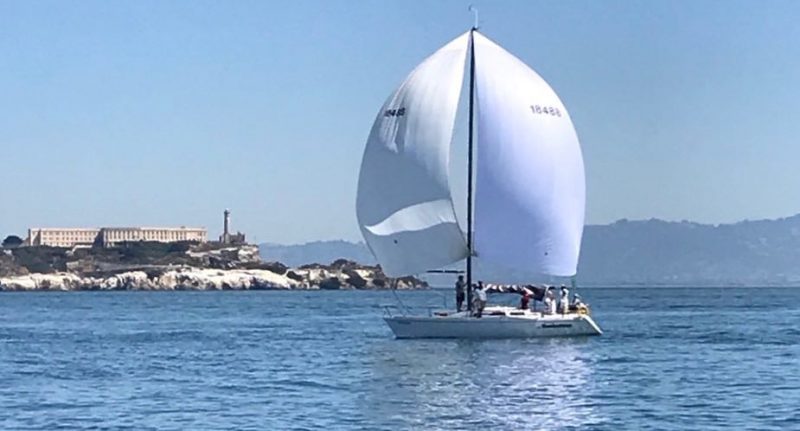
One valiant effort was made by the Express 37 Golden Moon, which used Friday’s postponement to put all the laundry out to dry. With the split up the middle someone wisecracked it was “now an asymmetrical.” Of course, sailmakers feel a little safer trying out these experiments, and, despite the novelty, it all came off without a hitch. In fact, the J/24 Butter & Thongs did a similar stunt on a recent fleet cruise to Rio Vista.
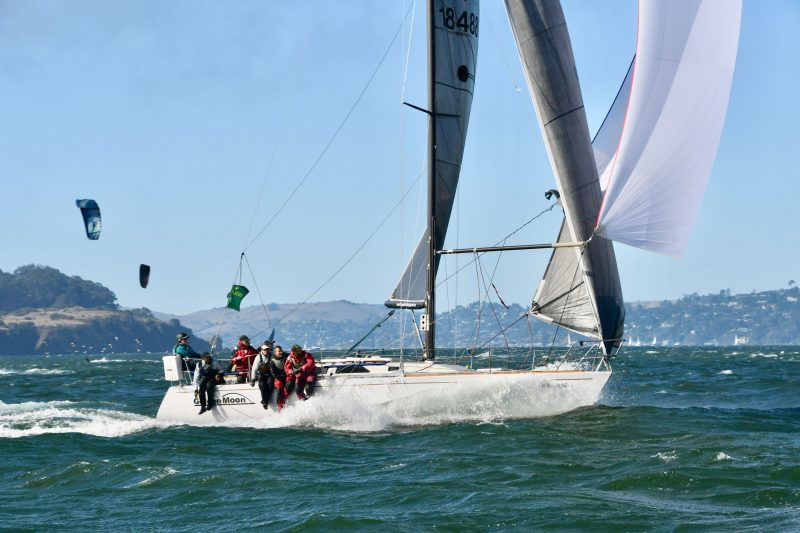
Mother Nature got back to normal for the weekend, and so did Golden Moon. She burned up the racecourse with four firsts and a second to take first in the Express 37 fleet. Read much more in the October issue of Latitude 38, coming out on October 1.

